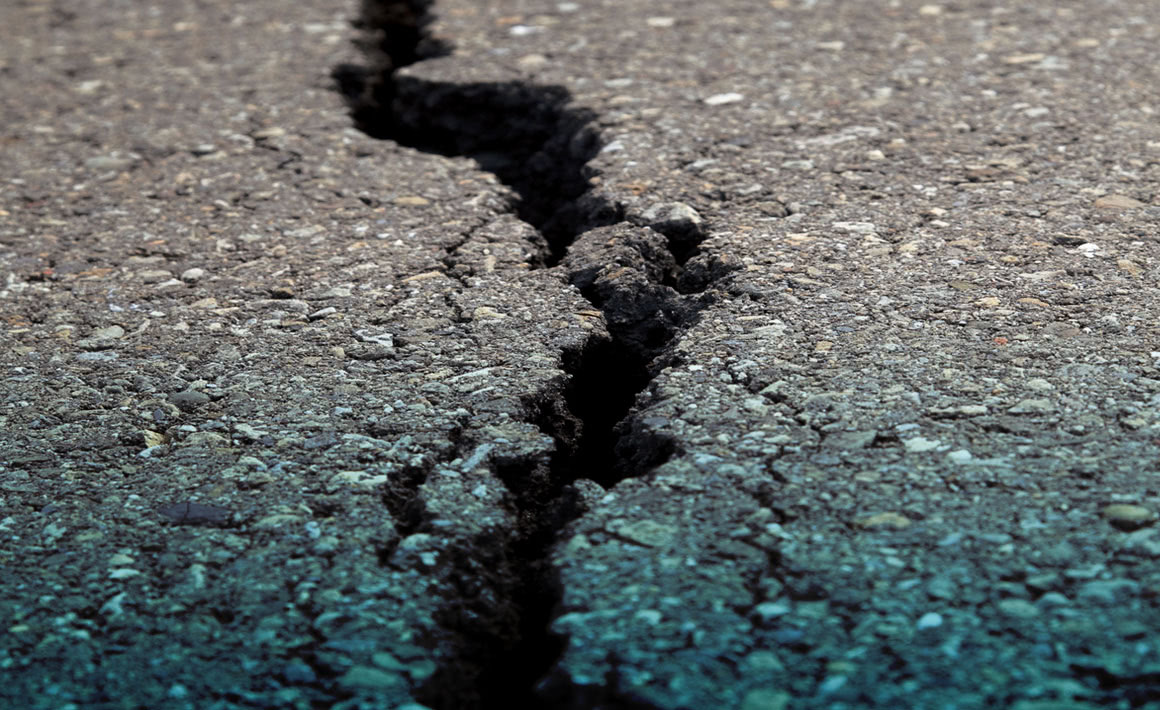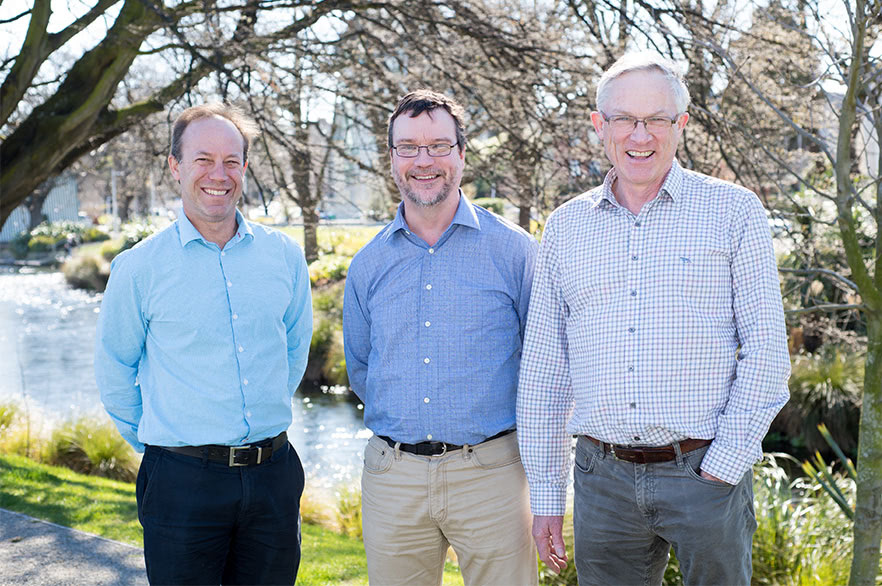
A serendipitous twist of fate has given the Christchurch Health and Development Study an unprecendented opportunity to accurately measure the effects of earthquakes on mental.

“We were motivated to understand issues facing people following the quakes, especially the impact of the 'long tail' of the aftermath.''
During 1977, the parents of babies born in Canterbury were invited to join a new University of Otago longitudinal study tracking how family circumstances influence the health and development of children.
More than 1,200 children made up the original Christchurch Health and Development Study (CHDS). In September 2010, when the first major earthquake hit Canterbury, more than 900 of the now-adult participants were still part of the study.
In a twist of fate, just over half – or 57 per cent of participants – were still living in the region and would go on to experience all four of the major quakes to hit the region between 2010 and 2011.
According to CHDS director Associate Professor Joe Boden, this split provided “almost perfect and unparalleled” circumstances for its researchers to study the impact of the quakes on mental health.
The University of Otago, Christchurch-based research team already had detailed data on participants spanning more than three decades. In 2011, the team won funding to investigate the impact of quakes in the 18 months to two years after the first big shake.
“We were motivated to understand issues facing people following the quakes, especially the impact of the 'long tail' of the aftermath,'' says Boden.
One of the challenges was capturing a diverse range of experiences relating to the disasters. This included four major quakes, tens of thousands of aftershocks, a cordoned-off city, the condemning of many homes, liquefaction, damaged infrastructure and dealing with insurers.
“We measured not only the scale of the events … but people's level of distress and disruption in relation to them. This had not been done before and is probably the best measure of exposure to disaster ever devised.”
The principal researchers – Boden, Professor John Horwood, the late Professor David Fergusson – all lived in hard-hit areas of the city and faced significant disruption to their homes, neighbourhoods and their work environment.
“Because of our personal experiences, we devised a new and sophisticated measure of exposure,” Boden explains. “We measured not only the scale of the events, such as the quakes' magnitude, but people's level of distress and disruption in relation to them. This had not been done before and is probably the best measure of exposure to disaster ever devised.”
They asked people where they were during each of the major quakes and their level of negative exposure, such as how fearful they were during the shaking and the how much disruption it caused to their everyday life afterwards.
The team – later joined by Dr Ben Beaglehole – asked people where they were during each of the major quakes and their level of negative exposure, such as how fearful they were during the shaking and how much disruption it caused to their everyday life afterwards.
Boden says “the harder people's lives were before the quakes, the more they seemed to suffer following them”, particularly people who previously suffered poor mental health or traumatic experiences such as sexual abuse or who had experienced post-traumatic stress disorder (PTSD).
The researchers also found people who thought they were going to die during earthquakes were far more likely to develop PTSD or depression than others, irrespective of other factors. People also developed PTSD after experiencing lingering distress over disruption caused by the earthquakes.
The team found a more than 40 per cent increase in mental disorders in participants with the highest level of exposure to the earthquakes. “This increase represented primarily increases in depressive symptoms, nicotine dependence and symptoms of post-traumatic stress disorder,'' says Boden.
The findings point to a need to focus on people with previous contact with the mental health system following a disaster as they are likely to fare worst, he says.
In 2017 the team began interviewing participants at age 40 about the quakes' ongoing impact. They finished interviewing in July 2019. This second phase investigates longer-term effects and whether new mental health issues have arisen since the last interviews. It will also probe any post-quake problems for participants' partners and children.
Funding
- Health Research Council